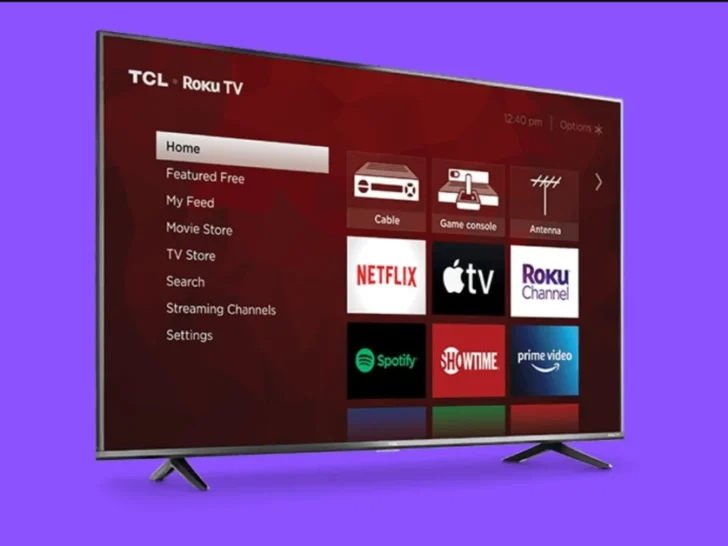Electricity is measured in standard units of measurement called amps, which stands for ampere. Amperage also refers to the current’s strength. Stable electrical current is measured in units called amps. The calculation of electricity usage uses amps.
We all desire to install TVs as popular appliances in our homes. TVs were originally just for binge-watching your favorite programs.
But they’ve evolved into much more than that since then. They can be used to stream movies, surf the internet, and play video games. So how many amps does a TV actually need with all of these extra features?
The amalgamation of TV with processing and internet connectivity has not only attracted the viewers but opened new avenues for researchers as well. In contrast to legacy TV system, smart TV provides better environment for watching TV contents along with online clips, movies, games, browsing, and full support for web 2.0 features.
I performed some research, and this post contains all I learned. In this article, I’ll go over as much as I can regarding how much electricity televisions use, and I’ll even offer some advice on how to lower your TV’s power usage.
When the power company determines your monthly payment, it converts the typical smart TV’s 1.0 amps per hour usage to kWh (kilowatts per hour).
Depending on the efficiency rating, technology, and screen design, 60″ smart TV prices may be slightly more or surprisingly lower.
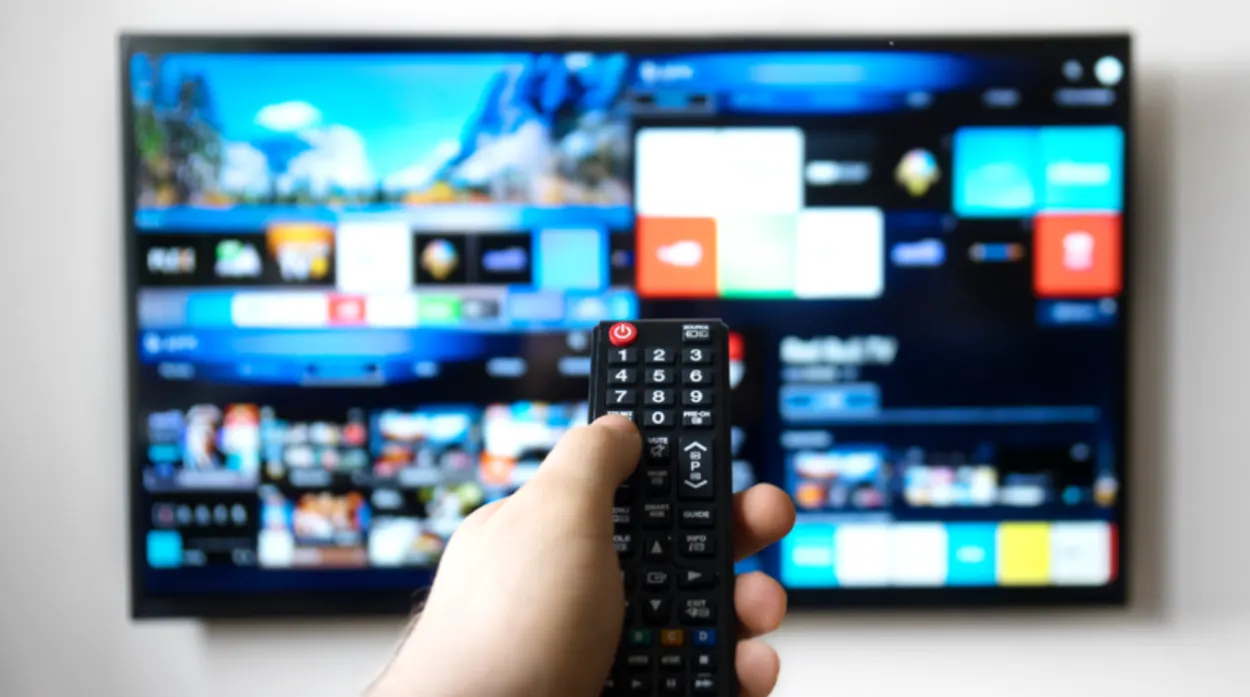
By continuing to use this website you agree to our Terms of Use. If you don't agree to our Terms, you are not allowed to continue using this website.
Understanding the Relationship Between Amperes, Voltage, and Power Consumption
The amount of amperes used by a smart TV is related to the voltage it receives and the power it consumes. Amperes represent the flow of electric current, while voltage is the electrical potential that drives the current. Power consumption is the product of amperes and voltage, and is measured in watts. Understanding this relationship can help you understand how much energy your smart TV is using and how you can reduce its energy consumption.
How to Determine the Amps Used by Your Smart TV?
- Check the label on the back of your smart TV or the user manual to find the power specifications.
- Look for the amperage rating. It is typically listed in amps (A) or milliamps (mA). For example, it might say “Power consumption: 120V, 60Hz, 2A”.
- If the amperage rating is not listed, you can calculate it by dividing the wattage by the voltage. For example, if your TV has a wattage rating of 240W and operates on 120 volts, the amperage would be 2A.
- Use a current meter or ammeter to measure the amperage. This is a more accurate method, but it requires specialized equipment. You can purchase a current meter from an electronics store or online retailer.
- If you want to estimate the amperage usage of your smart TV without using specialized equipment, you can use a formula to calculate it. The formula is Amperage = Power / VoltageFor example if your TV has a power rating of 100 watts and operates on 120 volts, the amperage would be 0.83A.
It’s important to note that the amperage usage of your smart TV can vary depending on its size, model, and features. If you’re concerned about the energy usage of your smart TV, you can use energy-saving settings or turn it off when not in use.
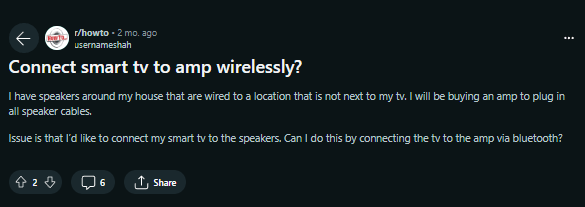
Image Credit : Reddit
Factors that affect how many Amps a TV uses
| Factor | How it can affect energy consumption? | Possible ways to reduce energy consumption |
| Size of TV | Larger TVs require more energy to operate | Choose a smaller TV |
| Panel Technology used in TV | LED TVs are more energy-efficient than CRT TVs | Choose an LED TV |
| Brightness of screen | A brighter screen requires more energy | Lower the screen brightness |
| Amount of time TV is used | Using the TV for longer periods of time increases energy consumption | Turn off the TV when it is not in use |
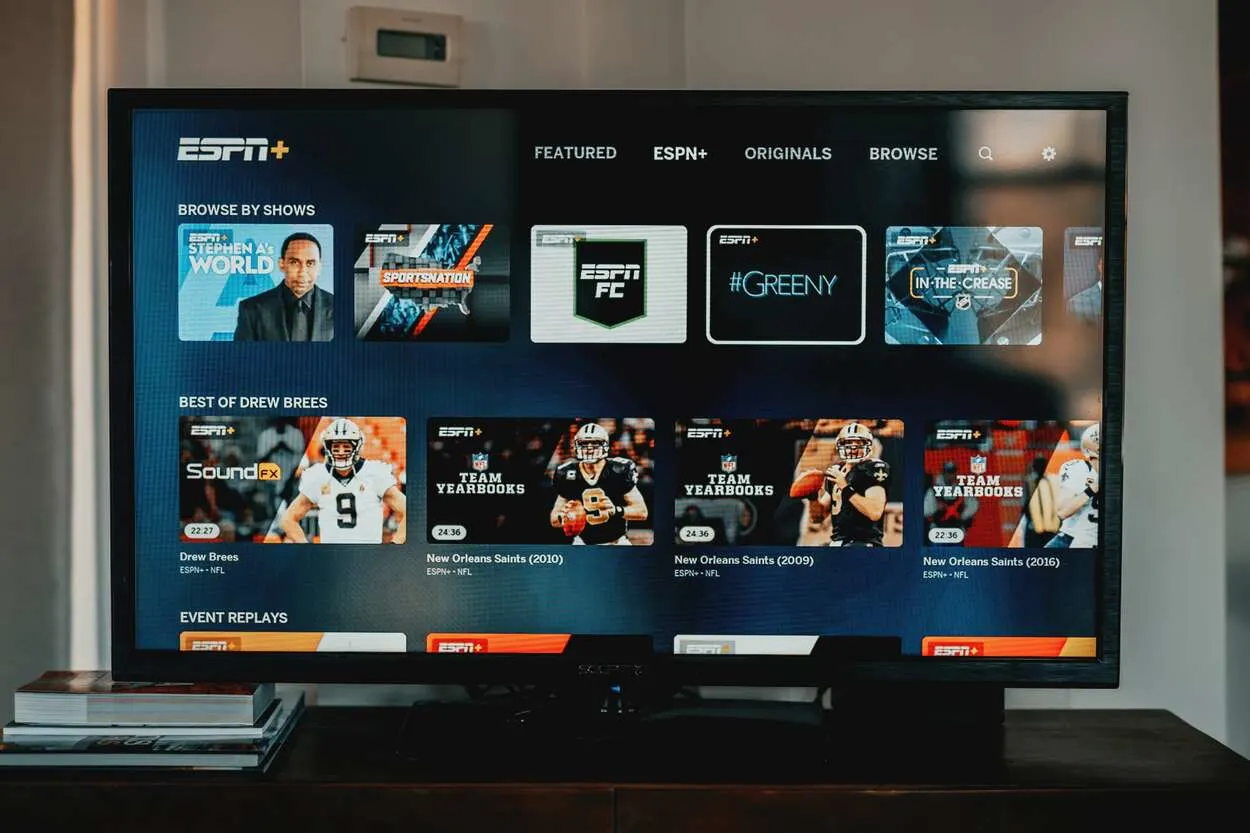
How Many Amps Does a Television Use?
The amount of amps a television requires is determined by the size, kind, and settings of the TV as well as other elements. However, assuming that the settings are at their default, a 50-inch American standard TV will require an average of 0.9 amps at 120 volts.
However, plasma is famously power-hungry and is now barely, if ever, used. LEDs are the greatest, even though LCDs aren’t as awful as plasma models.
Despite this, as you can see from the chart below, many brands offer various amp usage rates.
| Vizio M Series | 1.09 Amps | 131 Watts | 154 kWh | $19 |
| Samsung 7 Series | 1.13 Amps | 135 Watts | 120 kWh | $14 |
| Toshiba 4K UHD | 0.66 Amps | 79 Watts | 150 kWh | $18 |
| Hisense A6G series | 0.92 Amps | 110 Watts | 148 kWh | $18 |
| TCL 4 Series | 0.66 Amps | 79 Watts | 100 kWh | $12 |
| Sony X8oJ Series | 1.22 Amps | 146 Watts | 179 kWh | $22 |
The Impact of Screen Size and Display Technology on Amperage Usage
The size of a smart TV can impact its amperage usage, with larger screens generally consuming more power than smaller ones. The type of display technology used in the TV can also affect amperage usage, with newer technologies such as OLED generally using less power than older ones like LCD. By understanding these factors, you can choose a smart TV that fits your needs while minimizing its energy consumption.
How to Reduce the Energy Usage of Your Smart TV?
Smart TV settings allow for a wide range of options. Therefore, your choices will always result in a large variation in power usage.
The following advice will help you become more energy efficient:
- Reduce the screen’s brightness manually. The obvious solution is to lower the brightness of your screen. The amount of power used increases with light intensity.
- Employ the energy-saving setting on your smart TV. Power-saving mode is an energy-saving function found on all smart TVs. Sadly, this setting can be annoying because it frequently causes your TV to darken and brighten unexpectedly.
- When you buy a smart TV, look for the Energy Star label. Be sure to search for the Energy Star label when shopping for a smart TV. You won’t have to sacrifice quality because many of the best smart Televisions have Energy Star certifications. Also, you’ll use 25% less electricity.
- When not in use, unplug your TV or switch off the power strip. Most consumers are unaware that smart TVs use energy even when they are in standby mode or are fully off (vampire power). To stop the drain, unplug it or turn off the power strip while not in use.
- Tolerance is the contrast. Similar to brightness, contrast also has a negative impact. Make careful to lower it to a manageable volume. Brightness and contrast working together can cut energy use by 20%.
TIP
Proper grounding and surge protection is important for all electrical devices, including smart TVs. Poor grounding can cause damage to the TV and other electrical devices, while power surges can cause damage to electronics or even start fires.
By properly grounding and protecting your smart TV, you can reduce the risk of damage and ensure its safe operation.
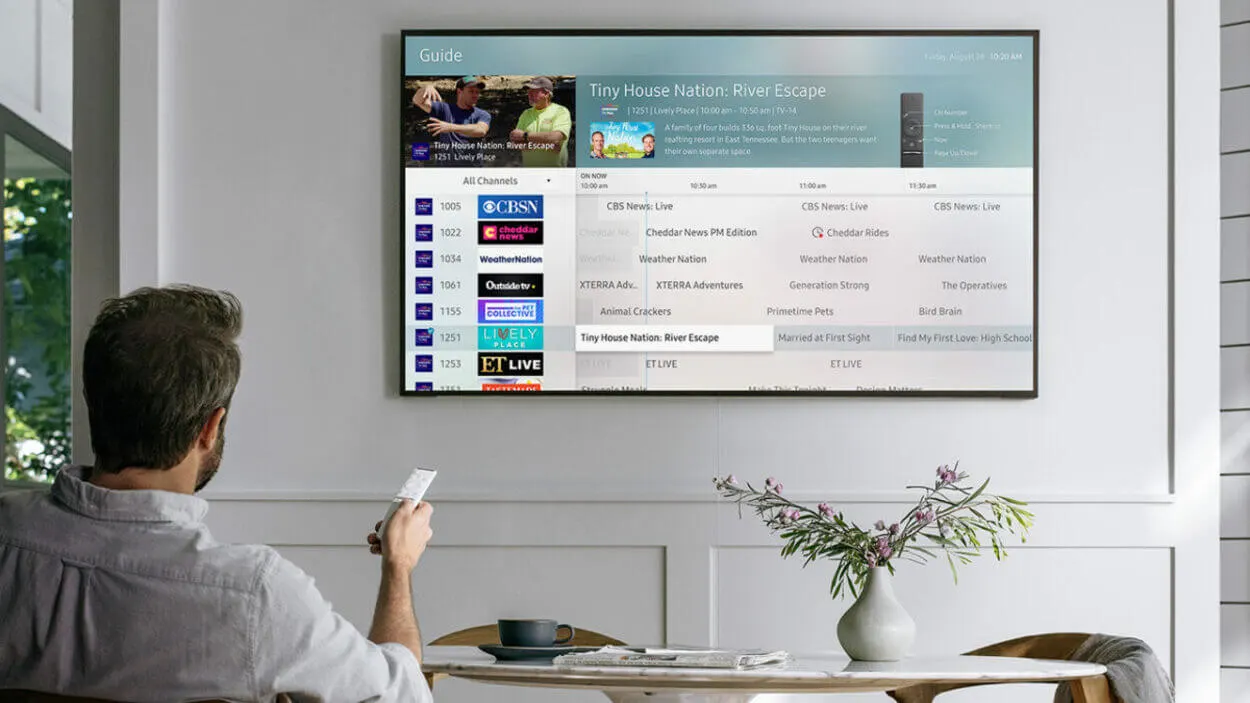
Based on the size of the Smart TVs, the current drawn in amp hours, The following table shows the typical power consumption based on the sizes of the TVs:
| TV Size | Current Draw/Hour (Amps per hour) |
| 32 inches | 0.5 – 1.0 |
| 40 inches | 0.7 – 1.2 |
| 50 inches | 1.0 – 1.5 |
| 55 inches | 1.2 – 1.7 |
| 60 inches | 1.5 – 2.0 |
| 65 inches | 1.7 – 2.2 |
| 70 inches | 2.0 – 2.5 |
| 75 inches | 2.2 – 2.7 |
| 80 inches | 2.5 – 3.0 |
The Role of Voltage Fluctuations and Power Surges in Affecting Ampere Usage and Potential Damage to a Smart TV
Voltage fluctuations and power surges can affect the amperage usage and potential damage to a smart TV. If the voltage is too high or low, it can cause the TV to consume more or less power than it should, potentially causing damage to the TV or other devices.
Power surges can also cause damage to the TV or other electronics. By protecting your smart TV from voltage fluctuations and power surges, you can ensure its safe operation.
The Impact of Smart TV Features Such as Voice Recognition, Wi-Fi Connectivity, and App Usage on Ampere Usage
Smart TV features such as voice recognition, Wi-Fi connectivity, and app usage can impact amperage usage. These features can require additional power and increase the TV’s energy consumption. By understanding the impact of these features, you can make informed decisions about how to use your
Other FAQs
Is a TV with an energy rating of F good?
Electrical appliances now operate with a more straightforward A to G grade thanks to changes to the energy rating labels that took place in March 2021. Hence, your best chance when looking for an energy-efficient TV will probably be one with an E or F rating.
Does watching TV cost more to power?
To put that into perspective, the annual energy cost of a typical no-frills TV is about $30–$50. Your energy bill will undoubtedly change as more recent ultra-high definition (UHD), WiFi-enabled smart TVs become more popular: According to CNN, a UHD TV can sometimes cost nearly 47% more per year to power than a comparable-sized Screen.
Are 4K TVs more energy-efficient?
Yes, in contrast to a basic LED TV. The more energy is used, the higher the definition. Compared to HD TVs, 4K TVs consume about 33% more energy, and 5K will require even more.
Conclusion:
- The power company converts the usual smart TV’s 1.0 amps per hour usage to kWh to calculate your monthly bill (kilowatts per hour). Prices for 60″ smart TVs may be somewhat higher or surprisingly lower depending on the efficiency rating, technology, and screen design.
- To convert watts to amps, use the power formula I = P / E. In this equation, P stands for watts, I for amps, and E for volts.
- Amps, which stand for ampere, are the standard units used to measure electricity. Amperage also describes the force of the current. Amps are the units used to measure steady electrical current. Amps are used to calculate electricity consumption.
- The size, kind, and settings of the TV, as well as other factors, influence how many amps it needs. Yet, a 50-inch American standard TV will use an average of 0.9 amps at 120 volts if the settings are left in their default positions.
- We frequently lack a standard number of amps that all TVs must have. Each model so needs a different amount of power.
Other Articles:
- How To Reset A Chamberlain Garage Door Opener? (Find Out)
- Do Ring Doorbell Need A Battery If They’re Hardwired? (Revealed)
- How To Install Eufy Doorbell? (Easy Ways)
Click here to view the Visual Story Version of this Article.

